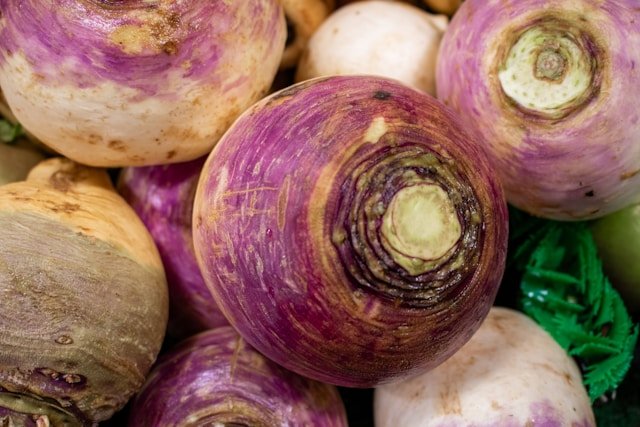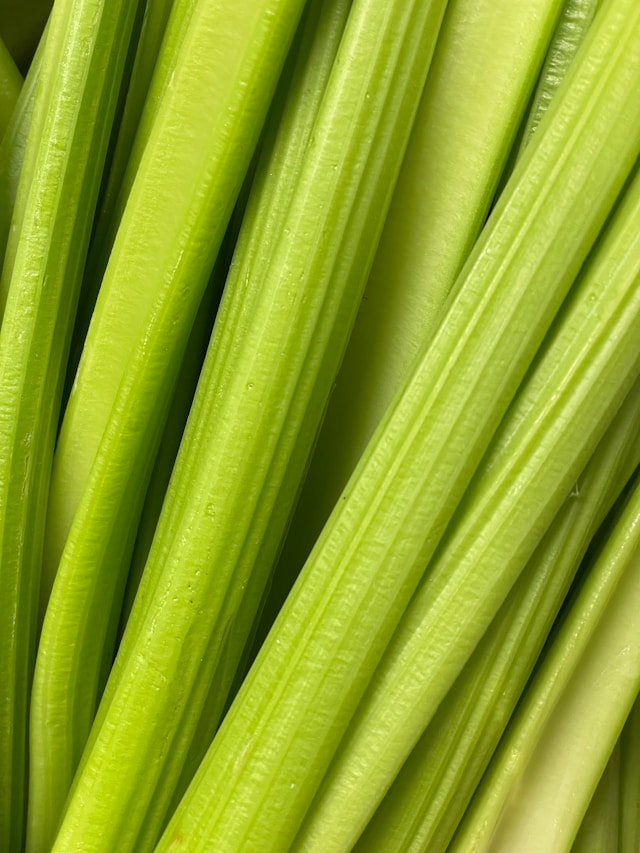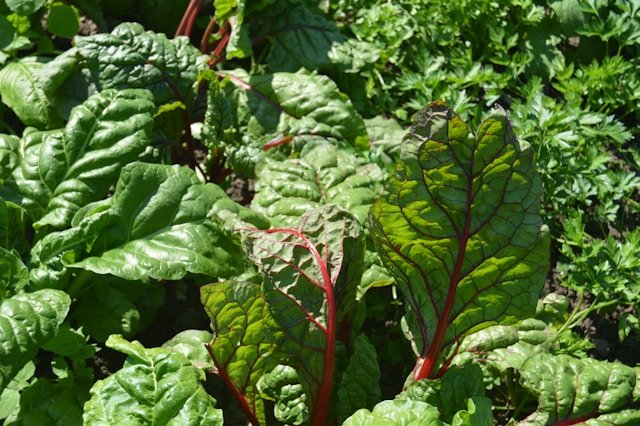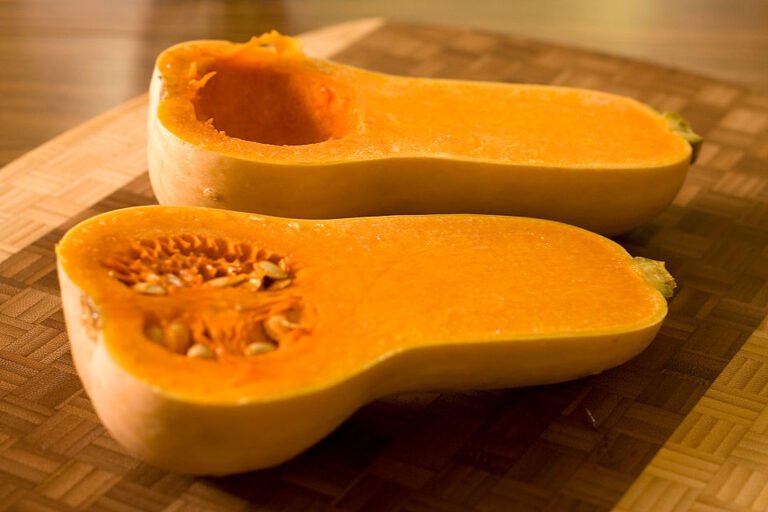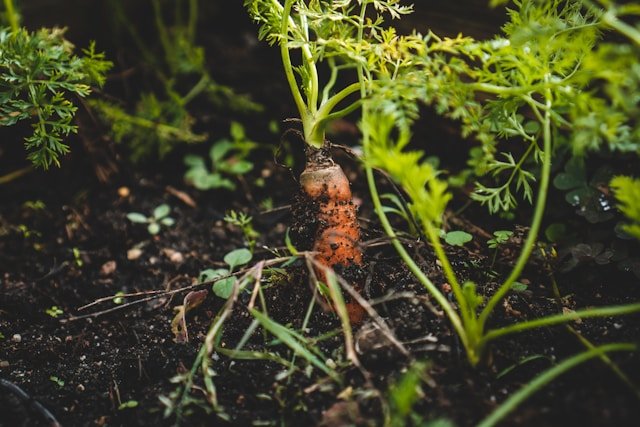How to Grow Parsnips – Gardens, Pots, and Containers
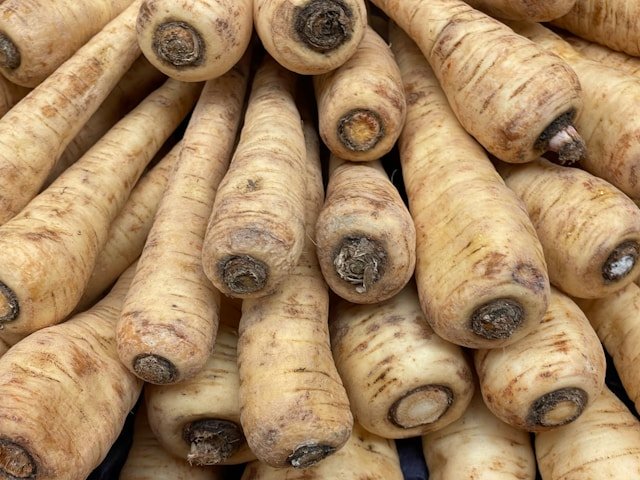
Discover How to Grow 5 Powerful Healing Herbs in Your Own Backyard — Even If You’ve Never Grown a Plant Before!
Growing parsnips in your garden can be a fun and rewarding experience. You can enjoy a bountiful harvest of these tasty vegetables with the proper care and attention. If you’re new to gardening, don’t worry – it’s not as difficult as you may think. With some planning and care, you can have a thriving parsnips garden. Here’s everything you need to know about how to grow parsnips – Gardens, Pots, and Containers.
About Parsnips
Parsnips are delicious and nutritious vegetables that many people worldwide enjoy. They are native to the Eurasia and are also known botanical name “Pastinaca sativa” Parsnips are an excellent source of vitamins and minerals, making them a healthy addition to any diet. They are also effortless to grow, making them a popular choice for gardeners of all skill levels.
Planting Parsnips
Please continue reading to learn more about how to plant parsnips. We’ll explore everything you need to know about growing parsnips, from choosing the right place to caring for your plants and harvesting the perfect crop.
When to Plant Parsnips
Knowing when to plant parsnips is crucial for a successful harvest. Depending on your location, the best time to plant parsnips is in the spring, after the last frost.
The ideal temperature for planting parsnips should be between 40°-55°F. If it is above the perfect temperature or below 20°F, it adversely affects the yield and quality of the harvest.
If you live in the United States, check out the USDA’s Plant Hardiness Zones for more help regarding frost and the best dates for planting in your area.
Where to Plant Parsnips
When planting parsnips, choosing a location with well-draining soil and plenty of sunlight is essential. So choose a spot in your garden with at least six hours of direct sunlight daily.
Parsnips plants also need enough space to grow, as they can spread out to a width of 18-24 inches. Consider building raised beds or amending the soil with compost or sand to improve drainage and fertility.
How to Prepare Soil for Parsnips
The first step in preparing your soil for parsnips is to test its pH. Parsnips plants prefer a soil pH between 6.0 to 7.0. You can test the pH of your soil using a soil testing kit. You can purchase a soil pH test kit at your local garden center or on Amazon.
If your soil is too alkaline or acidic, it can be difficult for the plants to absorb the nutrients they need to grow. Soil is too acidic or alkaline, and you can amend it with lime or sulfur to adjust the pH level.
Parsnips need well-draining soil to thrive. If your soil is heavy or poorly drained, you can improve it by adding compost or other organic matter. You can also add sand to the soil to improve drainage. Make sure to mix the compost or sand well with the existing soil.
Before planting, it is essential to add fertilizer to your soil. You can use a fertilizer such as 10-12-10, or you can use a fertilizer that is specifically for parsnips. Follow the instructions on the fertilizer package for the appropriate amount to use.
How to Plant Parsnips
Once you’ve found the right spot and prepared your soil in your garden, it’s time to plant your parsnips.
Plant your parsnips seeds or seedlings about half inch deep and about 18-24 inches apart. If you are transplanting, plant them at the same depth they were growing in the container. Parsnips can be planted the seeds, garden transplanted later.
Plant them deep enough so that the base of the plant is just below the soil surface. After planting, be sure to water the soil thoroughly. Parsnips seeds typically take about 14 to 21 days to germinate fully.
Growing Parsnips
Please continue reading to learn more about how to grow parsnips. We’ll explore everything you need to know about growing parsnips, from feeding to caring for your plants and harvesting the perfect crop.
How to Feed Parsnips
Parsnips require about one inch of water per week without rainfall or irrigation. They should be watered deeply, rather than frequently, to encourage deep root growth. It is essential to keep the soil consistently moist but not waterlogged.
A good rule of thumb is to water when the top inch of soil is dry. If the soil is dry, it’s time to water. Overwatering can lead to root rot, which can be fatal to the plant.
Parsnips also need to be fertilized regularly. They prefer a balanced fertilizer, such as a 10-12-10. You can also use a fertilizer specific to vegetables.
Also, they require consistent moisture and fertilization. Apply fertilizer every couple of times during the season until harvest. In addition, it is essential to remove the dead flowers, leaves, and thistle-like parts of the plant. This will help to prevent pests and diseases.
Mulching around your parsnips can help to retain moisture in the soil, suppress weeds, and regulate soil temperature. Use a 2-3 inch layer of organic mulch, such as straw or leaves, around the base of each plant.
Planting Parsnips in Pots and Containers
Please continue reading to learn more about how to grow parsnips in pots and containers. We’ll explore everything you need to know about growing parsnips in pots and containers, from planting to caring for your plants and harvesting the perfect crop.
Choosing the right Containers for Parsnips
Choosing the correct container for their growth and success is important if you’re planning to grow parsnips in containers. A minimum of a 3-gallon container is recommended, with a depth of at least 10 inches. It’s also a good idea to choose a container with drainage holes to help prevent excess water from accumulating and potentially damaging the roots.
When choosing the material for your container, consider using a material that allows for better air circulation and helps prevent the soil from becoming compacted, such as wood, ceramic, or plastic with lots of holes. Make sure to choose a location for your container that gets full sun or direct sunlight each day.
How to Plant Parsnips in Pots and Containers
When planting your parsnips, place them about half inch apart in the container and cover them with about 1/4 inch of soil. Water the seeds well to help them establish themselves.
If you are planting multiple plants in the same container, choose a large container to accommodate the plants without crowding. After planting, be sure to water the soil thoroughly.
Harvesting Parsnips
Please continue reading to learn more about how to harvest parsnips. We’ll explore everything you need to know about when to harvest the perfect crop.
When to Harvest Parsnips
Once your parsnips are established, they need regular care to ensure a bountiful harvest. This includes regular watering, fertilizing, and pest control. With the right care and attention, your parsnips will be ready to harvest about 110 to 120 days days after planting. The exact time will depend on factors such as the variety of parsnips, the weather, and the care the plants receive.
Finally, be sure to harvest your parsnips at the right time. They are ready to harvest when parsnips plants are 30 to 70 inches inches tall and about 18-24 inches in diameter.
FAQs
Do Parsnips Need Full Sun?
Yes, parsnips generally require full sun, which means they need at least six hours of direct sunlight per day to grow well and produce a bountiful harvest of large parsnips.
The full sun helps the plant develop solid stems and promotes healthy growth, essential for producing high-quality parsnips. In areas with hot climates, it is crucial to provide some shade during the hottest part of the day to prevent the plants from getting stressed.
However, parsnips can tolerate a bit more shade in cooler climates but still need plenty of sunlight to thrive. So, it’s best to choose a location for your parsnips that provides full sun for most of the day.
How Often Do You Water Parsnips?
Parsnips need a consistent moisture supply to grow correctly and produce healthy, plump buds. However, it’s important not to over-water them, as this can lead to root rot.
As a general guideline, it’s recommended to water parsnips deeply once or twice a week, depending on the weather conditions in your area. During hot and dry spells, you may need to water more frequently, while in more incredible, wetter weather, you may be able to water less.
To determine whether your parsnips need water, stick your finger into the soil near the base of the plant. If the soil feels dry to the touch, it’s time to water. If the soil feels moist, wait a few more days before checking again.
Remember, the key is to keep the soil evenly moist, not waterlogged. So, provide enough water to reach the roots and allow the soil to drain well so that the roots don’t sit in standing water.
Do Parsnips Need A Lot Of Fertilizer?
Parsnips only require a little fertilizer to grow well. Too much fertilizer can harm the plants and reduce the quality of the buds.
It’s best to amend the soil with a balanced, slow-release organic fertilizer before planting the parsnips to provide them with a steady supply of nutrients throughout the growing season. After that, additional fertilizer may only be necessary if you notice that the plants are not growing as well as they should.
If you need to apply fertilizer, a balanced, all-purpose fertilizer with a ratio of 10-12-10 spreads evenly over the soil and water in a well. You can also use a side-dressing of compost or well-rotted manure in late spring or early summer.
It’s essential to follow the fertilizer package instructions and not over-fertilize, as this can lead to leaf burn and other problems.
How Long Do Parsnips Take To Grow?
The growth time for parsnips varies depending on the variety and growing conditions, but typically, it takes about 110 to 120 days from seed to harvest.
The exact time to harvest will depend on the variety, the weather conditions, and the desired size of the plant. Generally, parsnips are ready to harvest when parsnips plants are 30 to 70 inches tall and about 18-24 inches in diameter.
What Temperature Kills Parsnips?
Parsnips are not very cold-tolerant and can be damaged or killed by temperatures below 32°F (0°C). Even a light frost can damage tender growth, so protecting the plants from cold weather is crucial.
In areas with cold winters, it’s also essential to choose a planting site that provides some protection from cold winds and to mulch the plants well to help insulate the roots. Covering the plants with frost cloth or row covers can also provide extra protection from frost.
If you experience a freeze, wait until the weather warms up before checking the plants. Cut back any damaged foliage, but leave the healthy growth intact. With proper care, the plants should recover and produce another crop.
Conclusion
In conclusion, planting parsnips in your garden can be a rewarding experience. By following these tips, you can ensure successful growth and a bountiful harvest.
Whether you’re a seasoned gardener or a first-time grower, parsnips are a great addition to any garden. They are sure to become a staple in your home-grown produce with their delicious flavor and many health benefits.
With the right location and care, you can enjoy delicious and nutritious parsnips from your garden for years to come. Happy gardening!


